Lenovo's new lineup makes PC gaming more approachable
Laptops, external GPUs and more
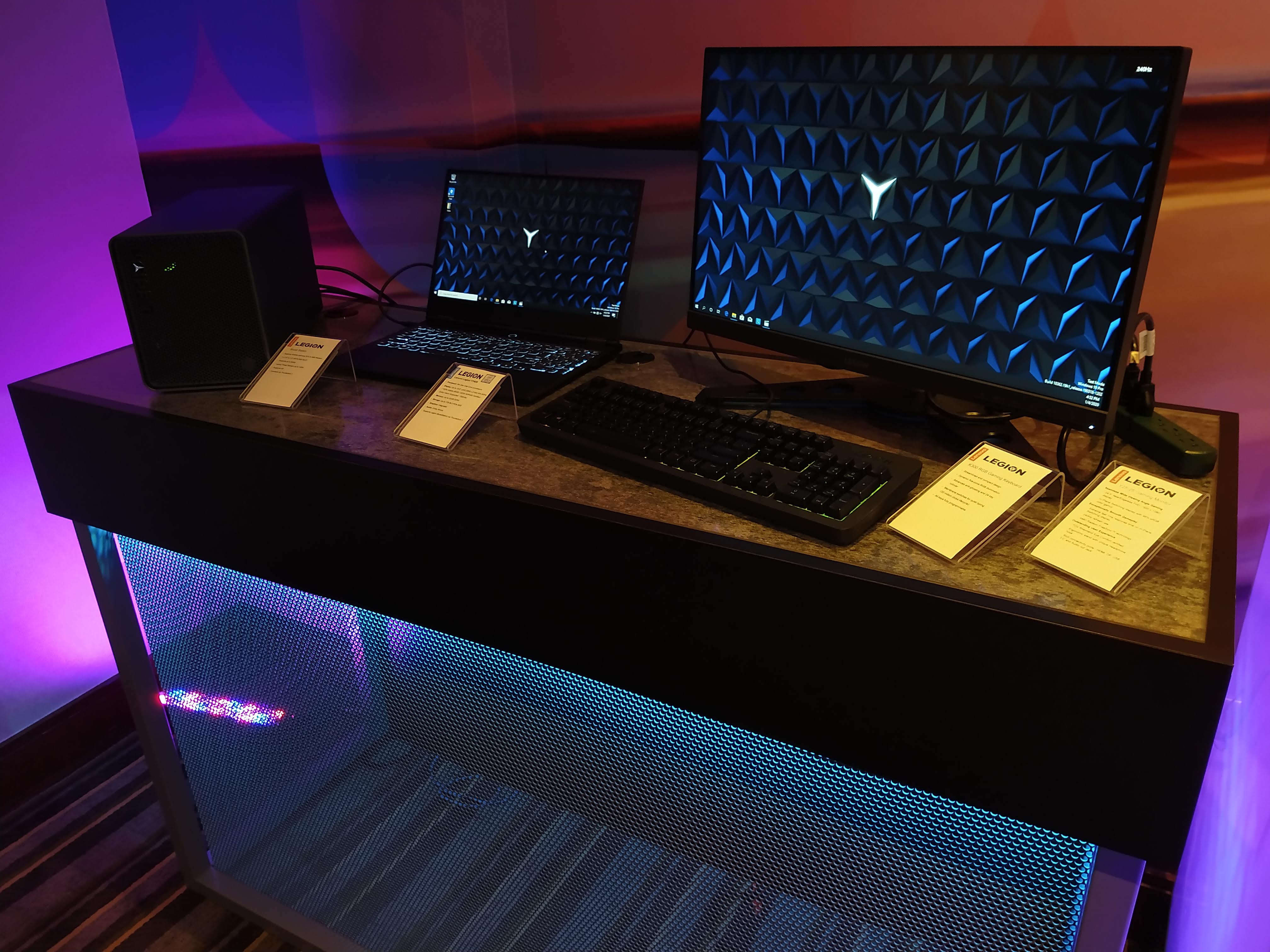
LAS VEGAS - Lenovo has had a respectable presence in the PC gaming space for years, and it looks like the company will push right on ahead into 2020. I had a chance to check out some of Lenovo's latest designs just before CES 2020 got underway.
Some of the gaming gear on display was pretty straightforward: a new monitor, a new keyboard and a new laptop. But Lenovo will finally be releasing its own gaming graphics dock, called the Lenovo Legion BoostStation, which could be a big gap between productivity and gaming.
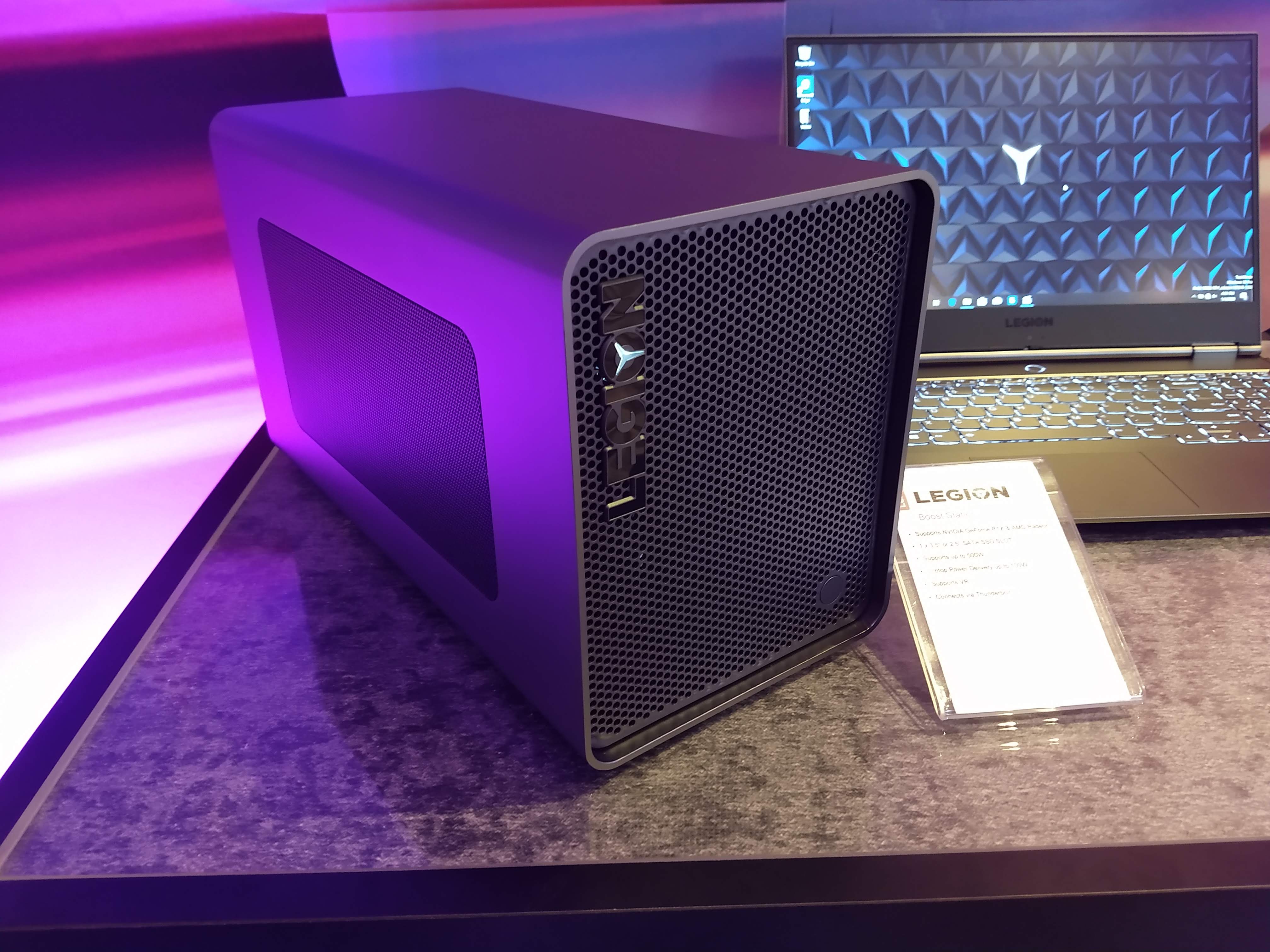
Lenovo Legion BoostStation eGPU
Let's talk about the Legion BoostStation first, since it's the most innovative thing on Lenovo's gaming roster at the moment. Like the Razer Core X series, this dock lets you transform a productivity laptop into a gaming desktop. It's called an eGPU (the "e" stands for "external").
In case you've never used the tech before, here's how it works: You purchase a desktop GPU. The Legion BoostStation supports both Nvidia and AMD models up to 500W, which means you can deck it out with some pretty powerful stuff. You connect your laptop to the dock with a Thunderbolt cord, then the dock to a monitor with either an HDMI or DisplayPort connection. Now, instead of integrated graphics, your games will run through a discrete GPU, just like a regular desktop.
The BoostStation will cost $250 by itself, although you'll also be able to purchase both AMD and Nvidia bundles that could save you some money. The gadget will come out in May 2020.
As stated above, the concept of the Legion BoostStation isn't new, but Lenovo has never released a gaming model before. You won't be able to use just any laptop, however, which is where the Lenovo Legion Y740S comes in.
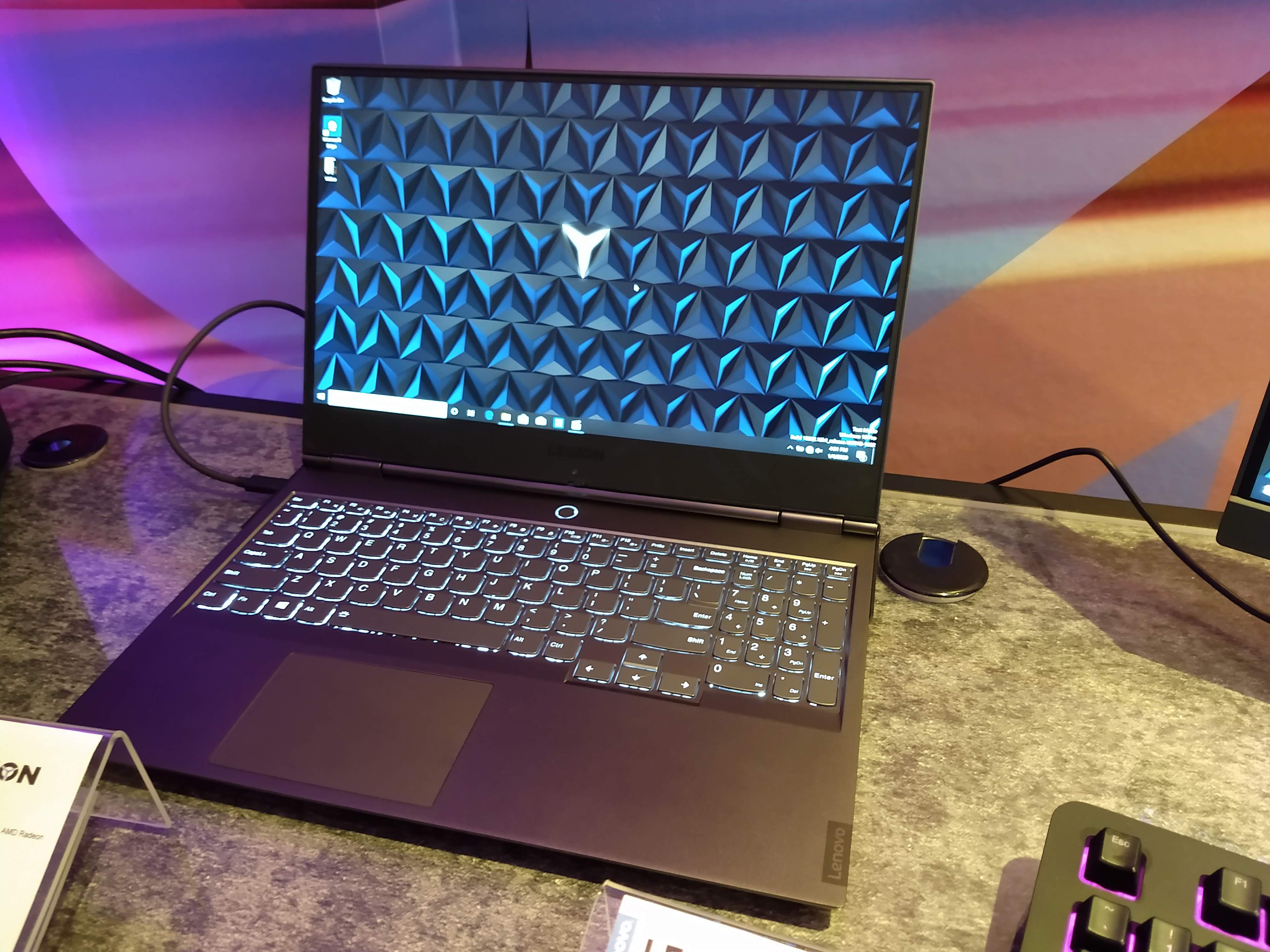
Lenovo Legion Y740S
The Lenovo Legion Y740S is the latest and greatest gaming laptop from Lenovo - sort of. Unlike some of Lenovo's beefier gaming models, the Legion Y740S is extremely thin and light. The tradeoff, however, is that the computer doesn't have a discrete GPU. This means that you won't be able to play very demanding games with it - until, of course, you hook it up to the Legion BoostStation.
Sign up to get the BEST of Tom's Guide direct to your inbox.
Get instant access to breaking news, the hottest reviews, great deals and helpful tips.
On its own, however, the Legion Y740S is quite a powerful productivity machine. (You can also do some light gaming thanks to the integrated graphics card, which leverages Intel technology that we can't discuss just yet). The 15.6-inch display will be available in 4K resolution; there's Dolby Atmos audio; you can get up to 32 GB RAM and 1 TB storage. The power button doubles as a fingerprint sensor, and you even get a num pad. For travelers who like to work on the go and game at home, this seems like a pretty powerful machine.
Our sister site, Laptop Magazine, will have a fuller writeup of the Y740S. But in general, think of it as the BoostStation's preferred accessory. Configurations start at $1,099, and will start shipping in May 2020
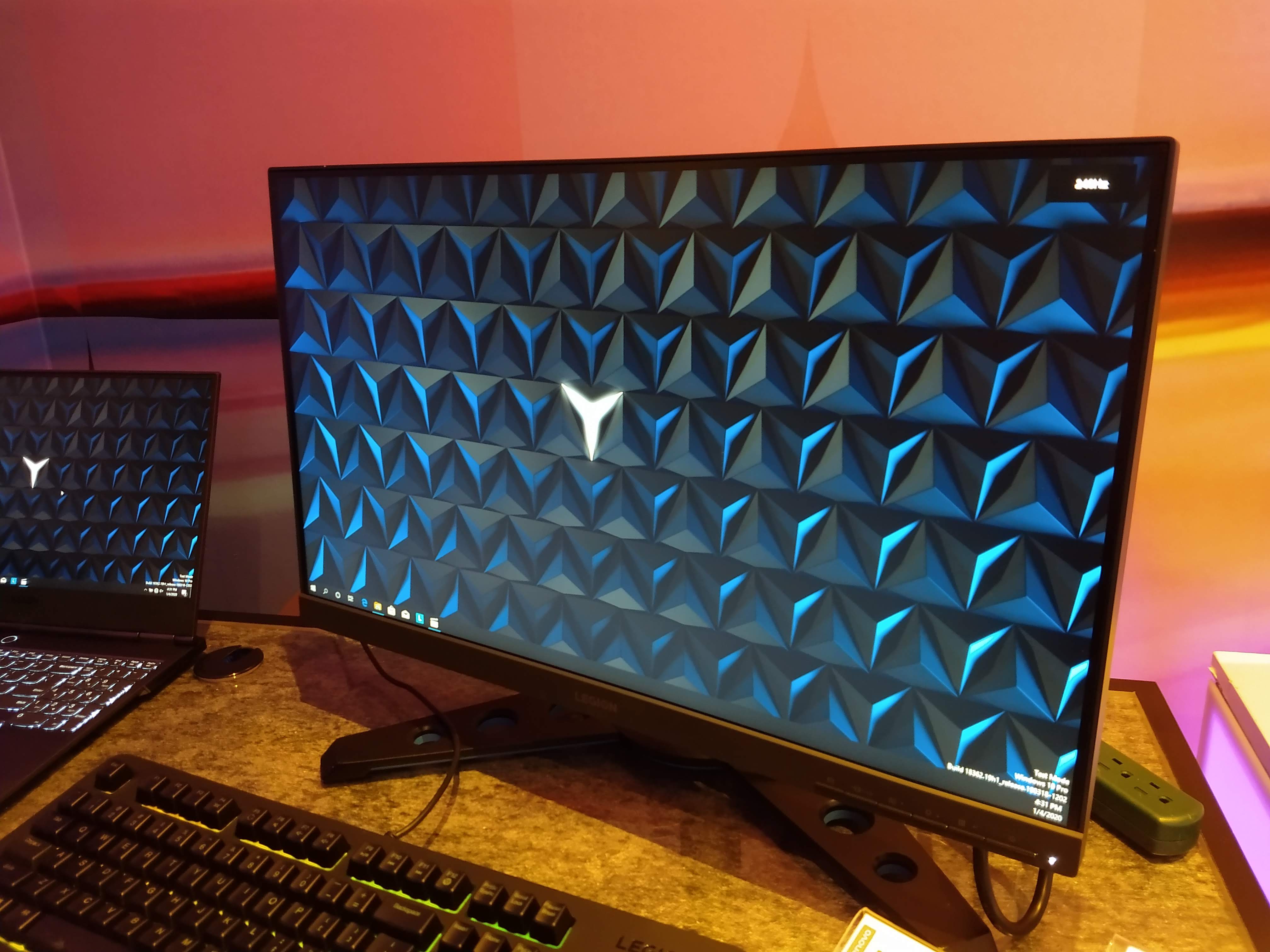
Lenovo Y25-25 Gaming Monitor
If you invest a lot of money in a gaming laptop and an eGPU to go along with it, you'll need a monitor, too. The Lenovo Y25-25 is one potential possibility. This 25-inch monitor features 1080p resolution, 400 nits of brightness and AMD Radeon FreeSync compatibility.
The big draw, however, is the device's 240 Hz refresh rate, making it an ideal companion for esports. This device will launch in June and cost $320.
The question, of course, is whether you'll really want a 1080p monitor to go along with a laptop and an eGPU that are capable of so much more. The answer, of course, depends on whether you want higher resolutions or faster framerates, and there's no perfect answer for that. (Yet.)
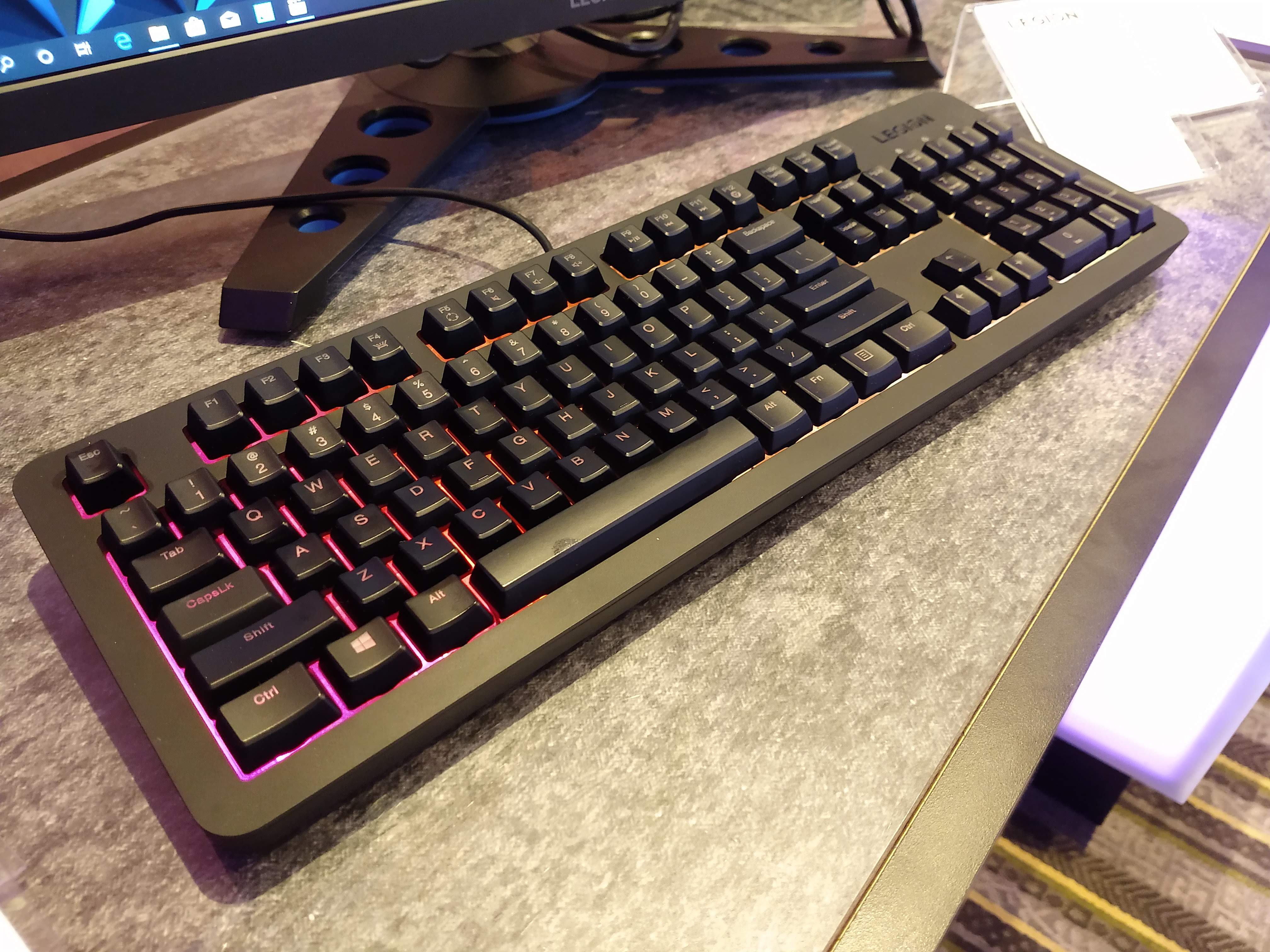
Lenovo Legion K300 RGB Gaming Keyboard
Last, but not least, Lenovo showed off its K300 RGB Gaming Keyboard. Unlike some of the other tech we demoed, the K300 is an entry-level device, featuring membrane keys and discrete lighting zones, rather than key-by-key lighting, like fancier keyboards offer.
There's not too much to say about this peripheral; the keys feel like those on any standard office keyboard, and the lighting is attractive, but not nearly as elaborate as these things come. However, the Legion software will allow you to reprogram any key, and you get media shortcuts on the function buttons, so it's got a few features that budding PC gamers need. The device will cost $50, and come out in June 2020.
Unfortunately, Lenovo did not have any games installed on its hardware, so all I can say is that navigation felt smooth on all of its devices, and setup looked pretty easy and intuitive. Many of the devices seem pretty expensive for what they offer, but Lenovo has always been more about performance than budget, anyway.
Stay tuned for more CES coverage this week, as well as full reviews of these products when they come out later this year.
Be sure to check out our CES 2020 hub for the latest news and hands-on impressions out of Las Vegas.
Marshall Honorof is a senior editor for Tom's Guide, overseeing the site's coverage of gaming hardware and software. He comes from a science writing background, having studied paleomammalogy, biological anthropology, and the history of science and technology. After hours, you can find him practicing taekwondo or doing deep dives on classic sci-fi.

